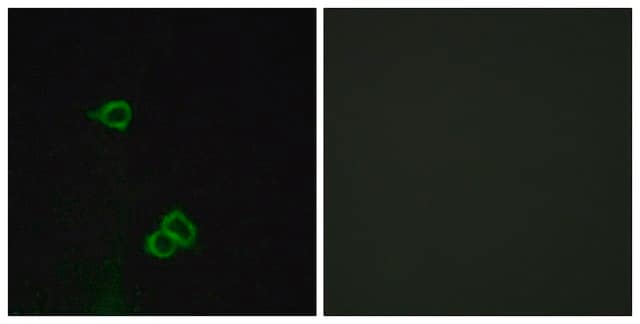SML2923
ARV-771
≥98% (HPLC)
Synonyme(s) :
JQ1-VHL
About This Item
Produits recommandés
ligand
VH032
Niveau de qualité
Pureté
≥98% (HPLC)
Forme
powder
Couleur
white to beige
Solubilité
DMSO: 2 mg/mL, clear
Température de stockage
2-8°C
Catégories apparentées
Actions biochimiques/physiologiques
Code de la classe de stockage
11 - Combustible Solids
Classe de danger pour l'eau (WGK)
WGK 3
Point d'éclair (°F)
Not applicable
Point d'éclair (°C)
Not applicable
Certificats d'analyse (COA)
Recherchez un Certificats d'analyse (COA) en saisissant le numéro de lot du produit. Les numéros de lot figurent sur l'étiquette du produit après les mots "Lot" ou "Batch".
Déjà en possession de ce produit ?
Retrouvez la documentation relative aux produits que vous avez récemment achetés dans la Bibliothèque de documents.
Contenu apparenté
L'interrogation des voies protéiques est un élément fondamental de la recherche de nouveaux médicaments et de leur développement. Apprenez-en davantage sur l'analyse des voies protéiques, notamment le criblage de banques de composés chimiques, l'étude de l'activité des protéines et des enzymes, et la modulation des voies protéiques à l'aide de petites molécules.
Explore protein pathway analysis including chemical library screening and modulating pathways with small molecules.
Notre équipe de scientifiques dispose d'une expérience dans tous les secteurs de la recherche, notamment en sciences de la vie, science des matériaux, synthèse chimique, chromatographie, analyse et dans de nombreux autres domaines..
Contacter notre Service technique








